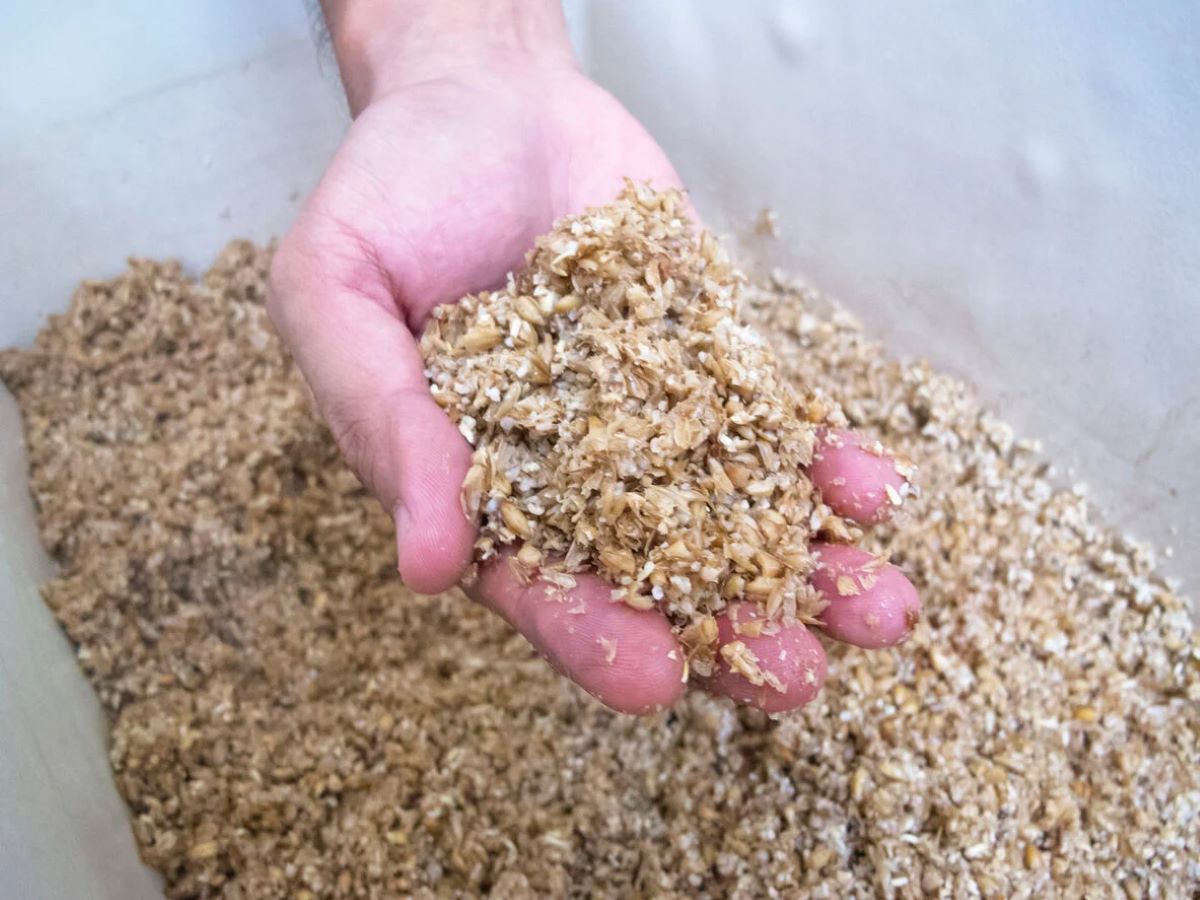

Articles
How To Store Spent Grain For Cattle
Modified: January 6, 2024
Learn the best ways to store spent grain for cattle in this informative article. Discover tips and techniques to ensure your cattle have access to high-quality feed all year round.
(Many of the links in this article redirect to a specific reviewed product. Your purchase of these products through affiliate links helps to generate commission for Storables.com, at no extra cost. Learn more)
Introduction
As a farmer, finding cost-effective and nutritious feed for cattle is always a top priority. One such feed option that has gained popularity in recent years is spent grain. Spent grain refers to the byproduct of the brewing process, which is rich in nutrients and fiber, making it an ideal feed supplement for livestock.
In this article, we will explore the benefits of using spent grain as cattle feed and discuss the factors to consider when storing it. We will also provide a step-by-step guide on how to properly store spent grain for long-term use and share some helpful tips for handling it.
By utilizing spent grain as a feed source, farmers can not only reduce waste but also provide their cattle with a nutritious and sustainable feed option. So, let us dive into the details and learn how to store spent grain effectively for the benefit of your cattle.
Key Takeaways:
- Spent grain offers a cost-effective, sustainable, and nutritious feed option for cattle. Proper storage and handling are crucial to maintain its quality and ensure the well-being of livestock, while minimizing waste and feed costs.
- Farmers can reduce waste, save on feed costs, and promote sustainability by repurposing spent grain as cattle feed. By following proper storage and handling practices, they can maximize the benefits for their livestock and contribute to a more efficient and environmentally friendly farming operation.
Read more: How To Build Cattle Fence
Benefits of Using Spent Grain as Cattle Feed
Using spent grain as a feed source for cattle comes with several advantages. Let’s explore some of the key benefits:
- Nutritional Value: Spent grain contains significant amounts of protein, fiber, carbohydrates, and minerals, making it a well-rounded and nutritious feed option for cattle. It can help supplement their diet, providing essential nutrients for growth and overall health.
- Cost-Effective: Utilizing spent grain as cattle feed can be an economical choice for farmers. Breweries often have excess spent grain and are often willing to give it away or sell it at a low cost. By sourcing spent grain locally, farmers can save money on expensive commercial feeds.
- Sustainable Solution: Incorporating spent grain into cattle feed promotes sustainability. Instead of disposing of the byproduct, it gets repurposed, reducing waste and benefiting both the environment and the farm’s bottom line.
- Improved Digestion: The high fiber content in spent grain helps improve cattle’s digestion. It aids in maintaining a healthy rumen and can reduce the risk of digestive disorders. Additionally, the fiber acts as a natural roughage source, promoting proper feed utilization and overall gut health.
- Enhanced Weight Gain: Spent grain can contribute to efficient weight gain in cattle. Its high protein content supports muscle development and growth, leading to improved body condition scores and marketable animals. This can be especially beneficial for farmers looking to raise prime beef cattle.
- Reduced Feed Costs: By incorporating spent grain into the feed mix, farmers can reduce their reliance on expensive commercial feeds. This can significantly cut down on feed costs, especially during periods of high feed prices or feed shortages.
Overall, using spent grain as cattle feed not only provides numerous nutritional benefits but also offers a sustainable and cost-effective solution for farmers. It is a win-win scenario that promotes farm efficiency while ensuring the well-being of the livestock.
Factors to Consider When Storing Spent Grain for Cattle
Proper storage of spent grain is essential to maintain its quality and ensure that it remains a safe and nutritious feed option for cattle. Here are some key factors to consider when storing spent grain:
- Storage Location: Choose a dry, well-ventilated area for storing the spent grain. This will help prevent mold and mildew growth and ensure the grain remains fresh and palatable for the cattle.
- Container Selection: Select containers that are sturdy, airtight, and resistant to moisture. Plastic barrels or bins with lids are commonly used for storing spent grain. Avoid using containers that have previously held chemicals or other potentially harmful substances.
- Cleaning and Sanitization: Thoroughly clean and sanitize the storage containers before filling them with spent grain. This helps prevent contamination and maintains the integrity of the stored feed.
- Protection from Pests: Implement measures to keep pests, such as rodents and insects, away from the stored spent grain. Use tight-fitting lids, screens, or wire mesh to seal any openings and regularly inspect the storage area for signs of pest activity.
- Temperature Control: Spent grain should be stored at a cool temperature to prolong its shelf life. Excessive heat can lead to spoilage and the growth of harmful microorganisms. Consider using fans or ventilation to maintain an appropriate temperature in the storage area.
- Rotation and Freshness: Implement a rotation system to ensure that the oldest stored grain is used first. This helps maintain freshness and prevents the accumulation of expired or spoiled grain. Regularly inspect the stored grain for any signs of spoilage or deterioration.
- Monitoring and Testing: Periodically monitor the quality of the stored spent grain. Check for any off smells, unusual colors, or signs of mold. If in doubt, it is advisable to have the grain tested for nutritional value and safety.
By considering these factors and implementing proper storage practices, farmers can ensure that the spent grain remains fresh, safe, and nutritious for their cattle. This will help maximize the benefits derived from using spent grain as a feed source and maintain the overall health and well-being of the livestock.
Step-by-Step Guide to Storing Spent Grain
Proper storage of spent grain is crucial to maintaining its quality and ensuring its safety as cattle feed. Follow these steps to store spent grain effectively:
- Clean and sanitize storage containers: Before storing spent grain, clean the storage containers thoroughly to remove any residue or contaminants. Use hot, soapy water and rinse well. Once cleaned, sanitize the containers with a food-safe sanitizing solution.
- Allow spent grain to cool: After brewing, allow the spent grain to cool completely before storing it. Hot grain can create condensation inside the storage containers, leading to moisture buildup and potential spoilage.
- Fill storage containers: Fill the clean and sanitized storage containers with the cooled spent grain. Avoid overfilling the containers to allow for proper airflow and ventilation.
- Seal containers: Seal the storage containers tightly to prevent moisture and contaminants from entering. Ensure that lids or covers are secured properly to maintain an airtight environment.
- Store in a cool, dry location: Choose a storage area that is cool, dry, and well-ventilated. Spent grain is highly susceptible to moisture and mold, so it is important to keep it in a location where humidity and temperature can be controlled.
- Monitor regularly: Check the stored spent grain regularly for any signs of spoilage, mold, or pests. If you notice any issues, promptly remove and dispose of the affected grain to prevent contamination.
- Rotate the stock: Implement a rotation system where the oldest stored grain is used first. This helps maintain freshness and prevent the accumulation of expired or spoiled grain. Always prioritize using the oldest grain before accessing newly stored batches.
- Periodic testing: Consider periodically testing the stored spent grain for its nutritional value and safety. This can help ensure that it is still suitable for feeding to cattle and has not undergone any detrimental changes.
- Regularly clean storage area: Keep the storage area clean and free from any debris. Regularly sweep or vacuum the area to prevent the buildup of dust and pests.
Following these steps will help you store spent grain effectively, maintaining its quality and ensuring that it remains a safe and nutritious feed option for your cattle.
After brewing, spread spent grain in a thin layer on a tarp to dry. Once dry, store in airtight containers to prevent mold and spoilage. Feed to cattle within a few days for best nutritional value.
Tips for Properly Handling Spent Grain
Proper handling of spent grain is essential to maintain its quality and ensure its safe use as cattle feed. Here are some helpful tips to follow:
- Handle with clean hands and equipment: When working with spent grain, ensure that your hands and any equipment you use are clean and free from contaminants. This helps prevent the introduction of harmful bacteria or substances into the grain.
- Use appropriate protective gear: Consider using gloves, a face mask, and goggles when handling large quantities of spent grain. This is especially important if you have allergies or sensitivities to dust or molds.
- Store in a designated area: Designate a specific area for handling and storing spent grain. This helps to contain any spills or messes and keeps the rest of your farm or facility clean and organized.
- Avoid excessive moisture: Spent grain can become moist and prone to spoilage if exposed to excessive moisture. Take care not to add water or expose the grain to rainy or humid conditions during storage or handling.
- Consider drying the spent grain: If you have the means, consider drying the spent grain before storage. This can help reduce moisture content and prolong its shelf life, reducing the risk of spoilage.
- Mix with other feed: To ensure a balanced diet for your cattle, consider mixing the spent grain with other complementary feeds. This helps provide a variety of nutrients and prevents over-reliance on a single feed source.
- Train animals to consume spent grain: If you are introducing spent grain to your cattle for the first time, train them gradually. Start with small amounts mixed into their regular feed and gradually increase the proportion over time. This helps their digestive system adjust and prevents potential issues.
- Monitor feed consumption: Keep an eye on how your cattle are consuming the spent grain. If there are any signs of decreased appetite, digestive issues, or other health concerns, consult with a veterinarian to address potential problems.
- Dispose of spoiled grain properly: If you come across any spoiled or moldy spent grain during handling or storage, dispose of it promptly. Do not feed it to your cattle, as it can cause health issues.
- Adhere to local regulations: Familiarize yourself with any local regulations or guidelines regarding the handling and use of spent grain. Different regions may have specific requirements or recommendations that are important to follow.
By following these tips, you can ensure that spent grain is handled properly, maintaining its quality and safety as a valuable feed option for your cattle.
Read more: How To Raise Grass-Fed Cattle
Potential Risks and Precautions
While using spent grain as cattle feed offers numerous benefits, it is important to be aware of potential risks and take necessary precautions to ensure the safety of your livestock. Here are some potential risks and precautions to consider:
- Mold and Spoilage: Spent grain can be prone to mold growth and spoilage if not properly stored and handled. Moldy grain can contain toxins harmful to animals. Inspect the spent grain regularly for any signs of mold, unusual odors, or discoloration. If you detect any spoilage, discard it immediately and do not feed it to your cattle.
- Bacterial Contamination: Spent grain, especially when stored in warmer conditions, can be a breeding ground for bacteria. These bacteria can cause illnesses in animals. To minimize the risk of bacterial contamination, maintain proper storage conditions, including temperature control and regular cleaning and sanitization of storage containers.
- Imbalance in Nutritional Composition: While spent grain is a valuable feed source, it should not be the sole source of nutrition for your cattle. It is important to ensure a well-balanced diet by complementing spent grain with other feeds and forages. Consult with a livestock nutritionist to develop a feeding program that meets the specific nutritional needs of your cattle.
- Storage and Handling Hazards: Spent grain can be heavy and cumbersome to handle, particularly in large quantities. Take precautions to prevent injuries during storage and handling. Use proper lifting techniques, provide suitable equipment, and ensure that workers are trained to handle spent grain safely.
- Local Regulations and Compliance: Familiarize yourself with local regulations regarding the use of spent grain as cattle feed. Some regions may have specific guidelines or restrictions to ensure food safety and animal health. Adhere to these regulations to avoid any legal or compliance issues.
- Testing for Toxins: As a precautionary measure, consider periodically testing the spent grain for mycotoxins or other potential contaminants. Laboratory testing can help identify any potential risks to your livestock and provide guidance on appropriate management strategies.
It is crucial to always prioritize the health and safety of your cattle. By being aware of these potential risks and taking necessary precautions, you can minimize any adverse effects and ensure that spent grain remains a safe and beneficial feed option for your livestock.
Conclusion
In conclusion, using spent grain as cattle feed offers numerous benefits for farmers. It not only provides a cost-effective and sustainable feed option but also contributes to the reduction of waste. Spent grain is rich in nutrients, making it a nutritious supplement for cattle. However, proper storage and handling are essential to maintain its quality and ensure its safety as feed.
By considering factors such as storage location, container selection, moisture control, and regular monitoring, farmers can effectively store spent grain and maintain its freshness and nutritional value. Implementing proper handling practices, such as cleanliness, protective gear, and mixing with other feed, further enhances the safe use of spent grain.
While there are potential risks associated with using spent grain as cattle feed, including mold growth, bacterial contamination, and nutritional imbalances, these risks can be minimized through proper precautions. Regular inspection, disposal of spoiled grain, and adherence to local regulations add an extra layer of safety.
Using spent grain as cattle feed not only benefits the farmer but also contributes to a more sustainable and efficient farming practice. By repurposing a byproduct of the brewing process, farmers can reduce waste and save on feed costs, all while providing their cattle with a nutritious and environmentally friendly feed option.
Incorporating spent grain into your cattle feeding program requires careful storage, handling, and monitoring. By following the steps and tips outlined in this article, farmers can successfully store spent grain and ensure the well-being of their livestock.
By taking the necessary precautions and prioritizing the health and safety of your cattle, utilizing spent grain as cattle feed can be a valuable and rewarding practice. Embrace this cost-effective and sustainable feed option to maximize the nutritional value for your livestock and contribute towards a more efficient and environmentally friendly farming operation.
Frequently Asked Questions about How To Store Spent Grain For Cattle
Was this page helpful?
At Storables.com, we guarantee accurate and reliable information. Our content, validated by Expert Board Contributors, is crafted following stringent Editorial Policies. We're committed to providing you with well-researched, expert-backed insights for all your informational needs.
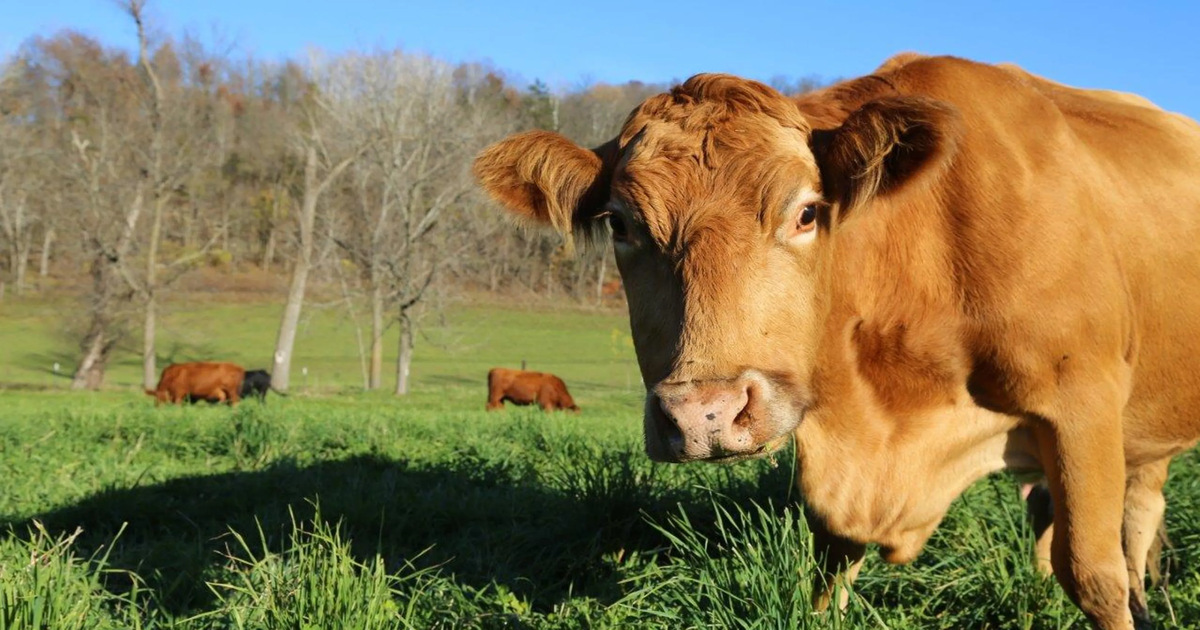
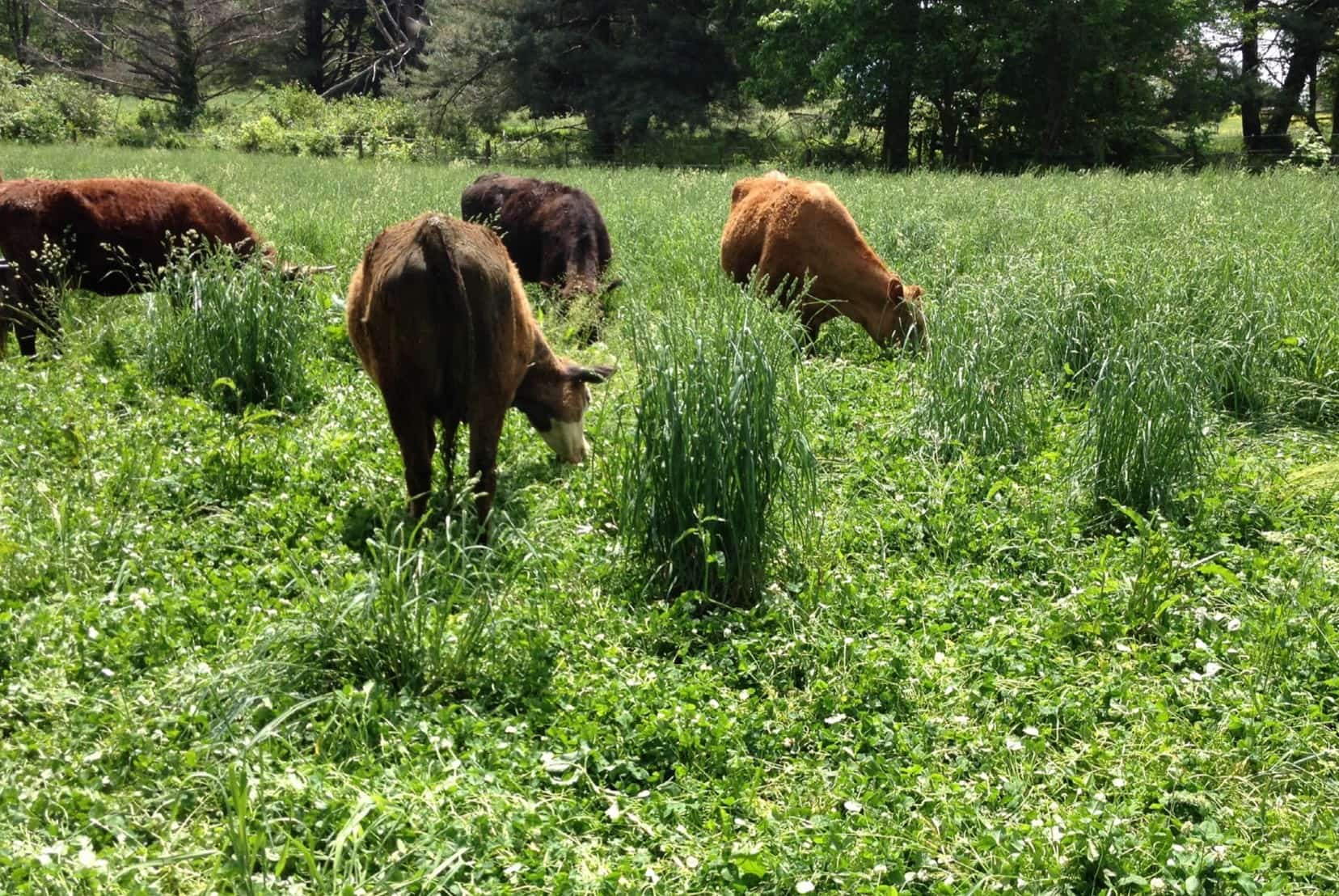


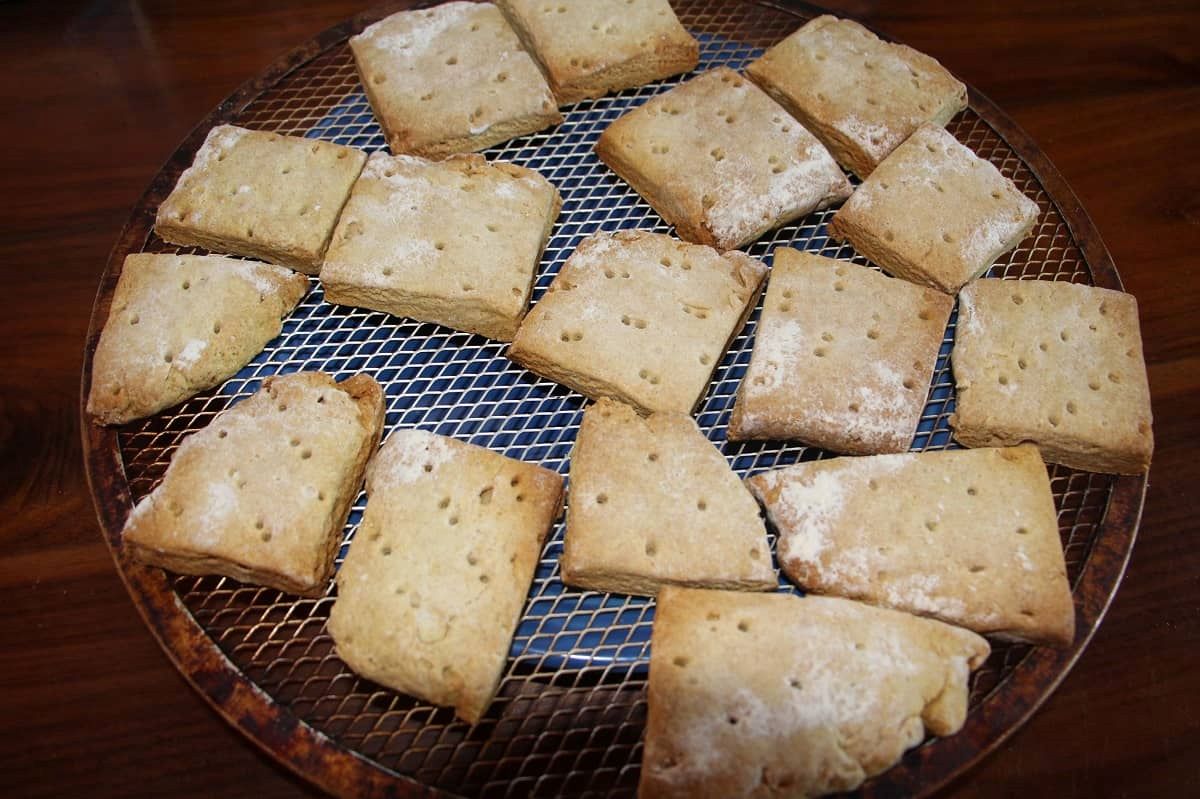
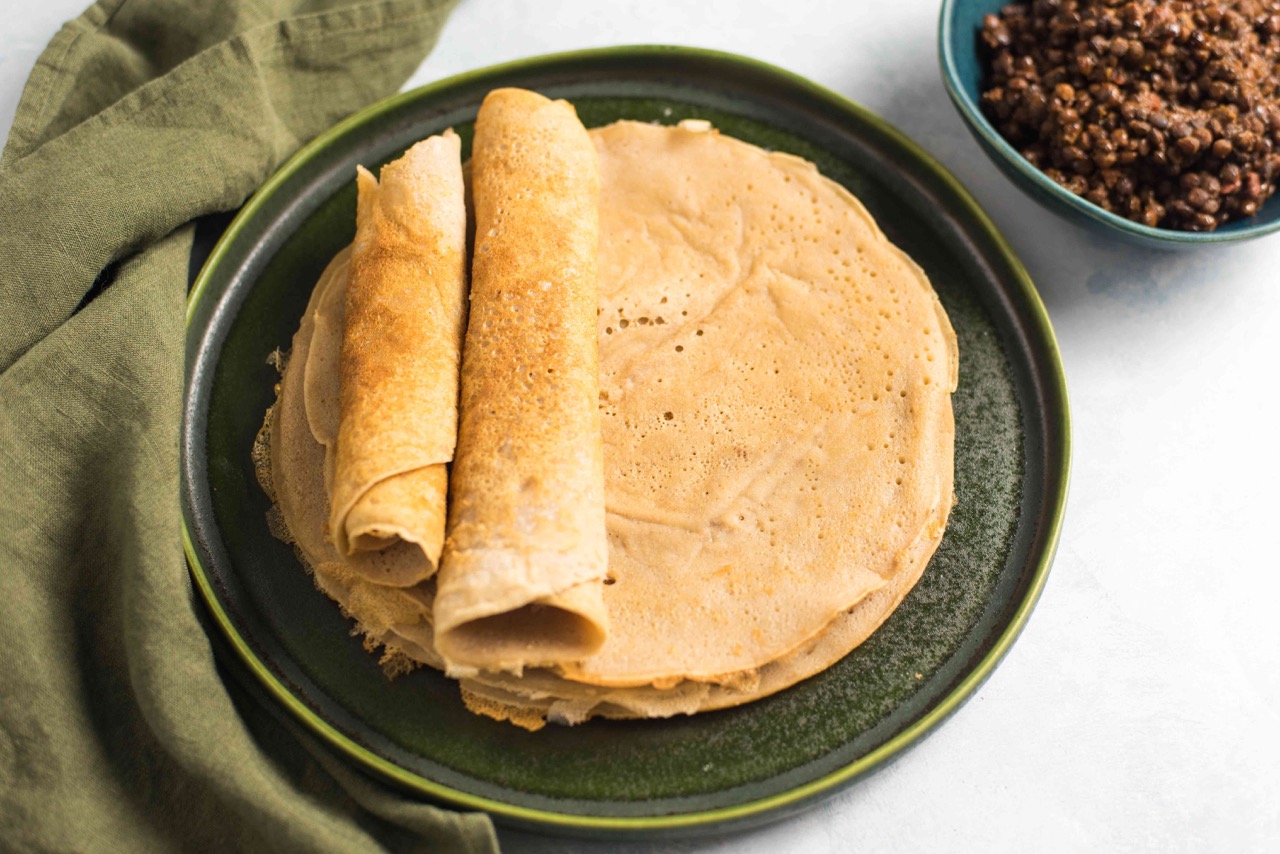
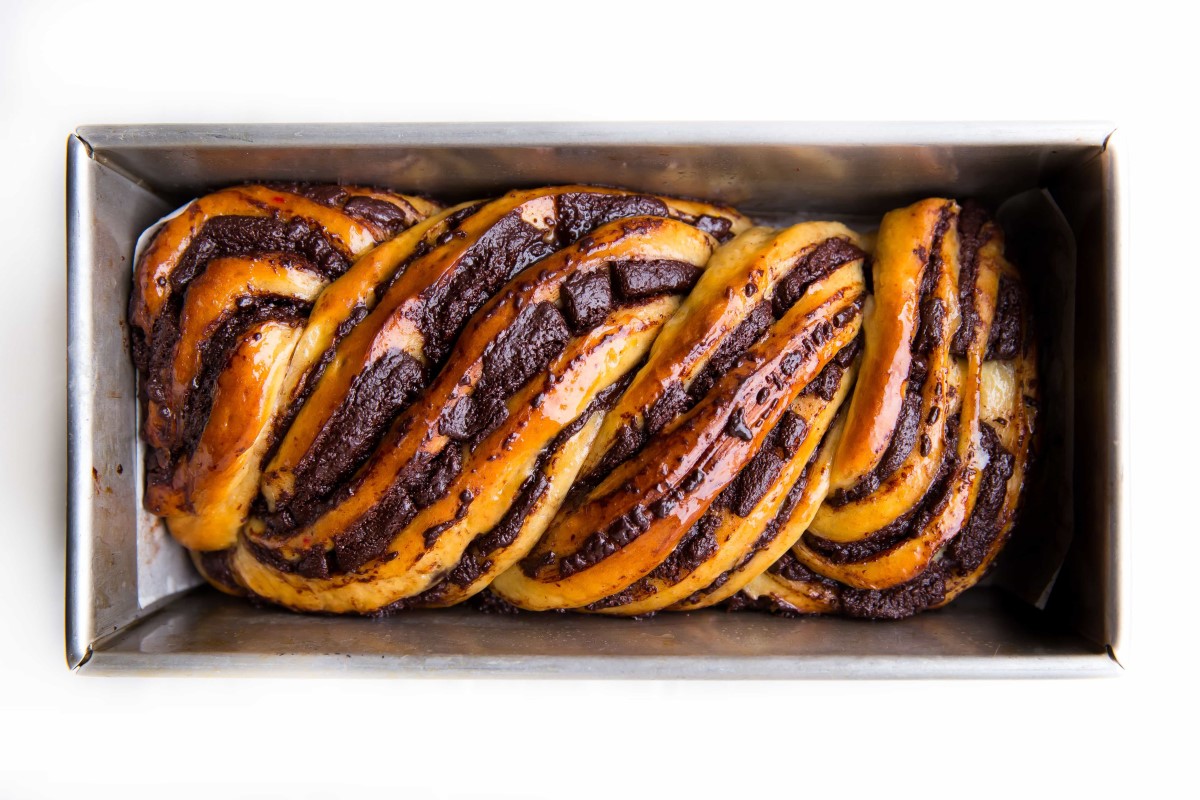
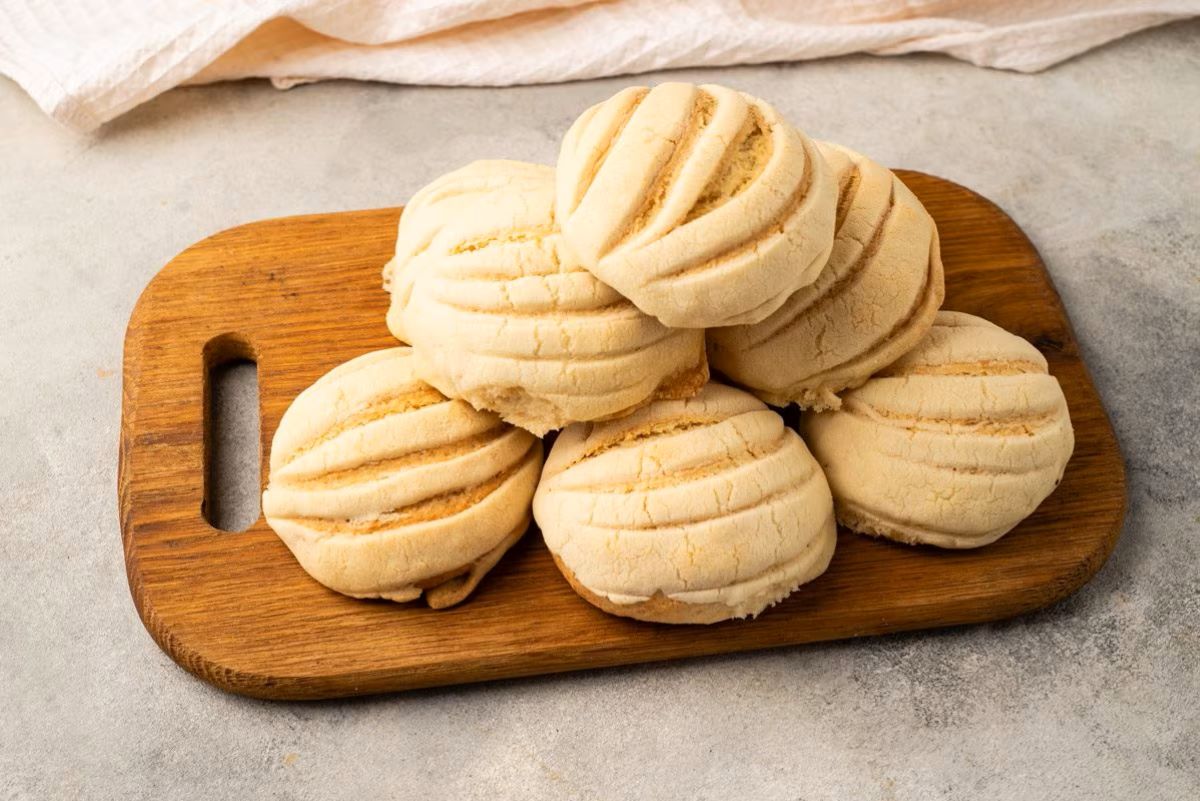
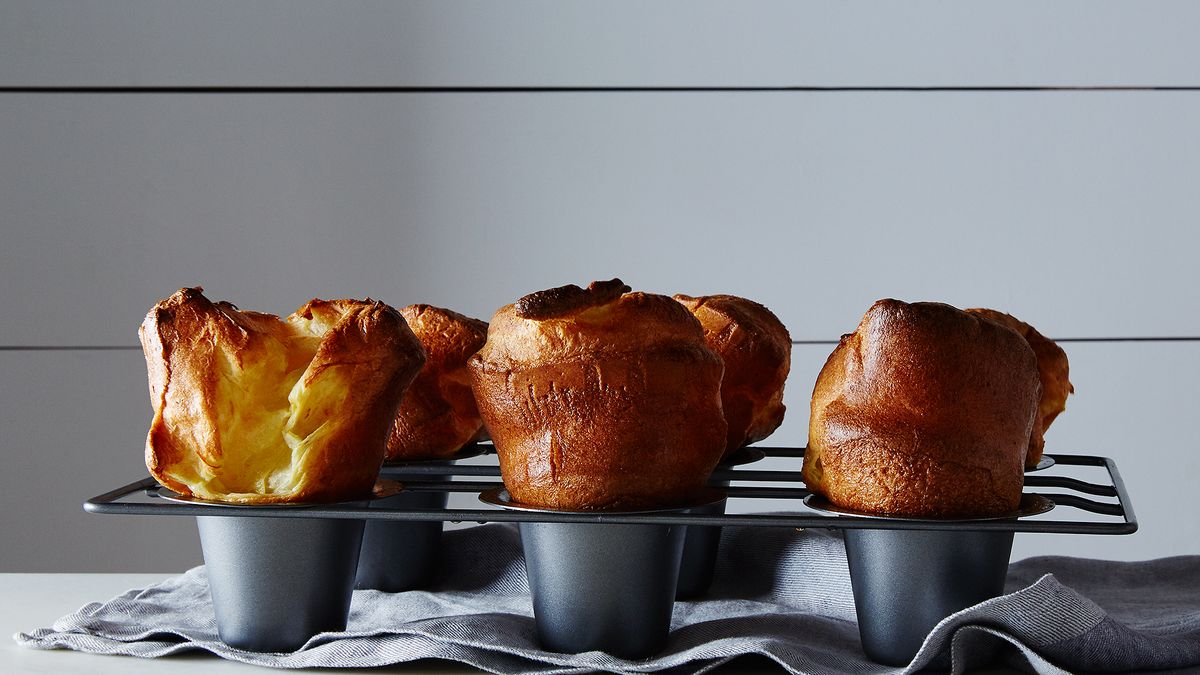
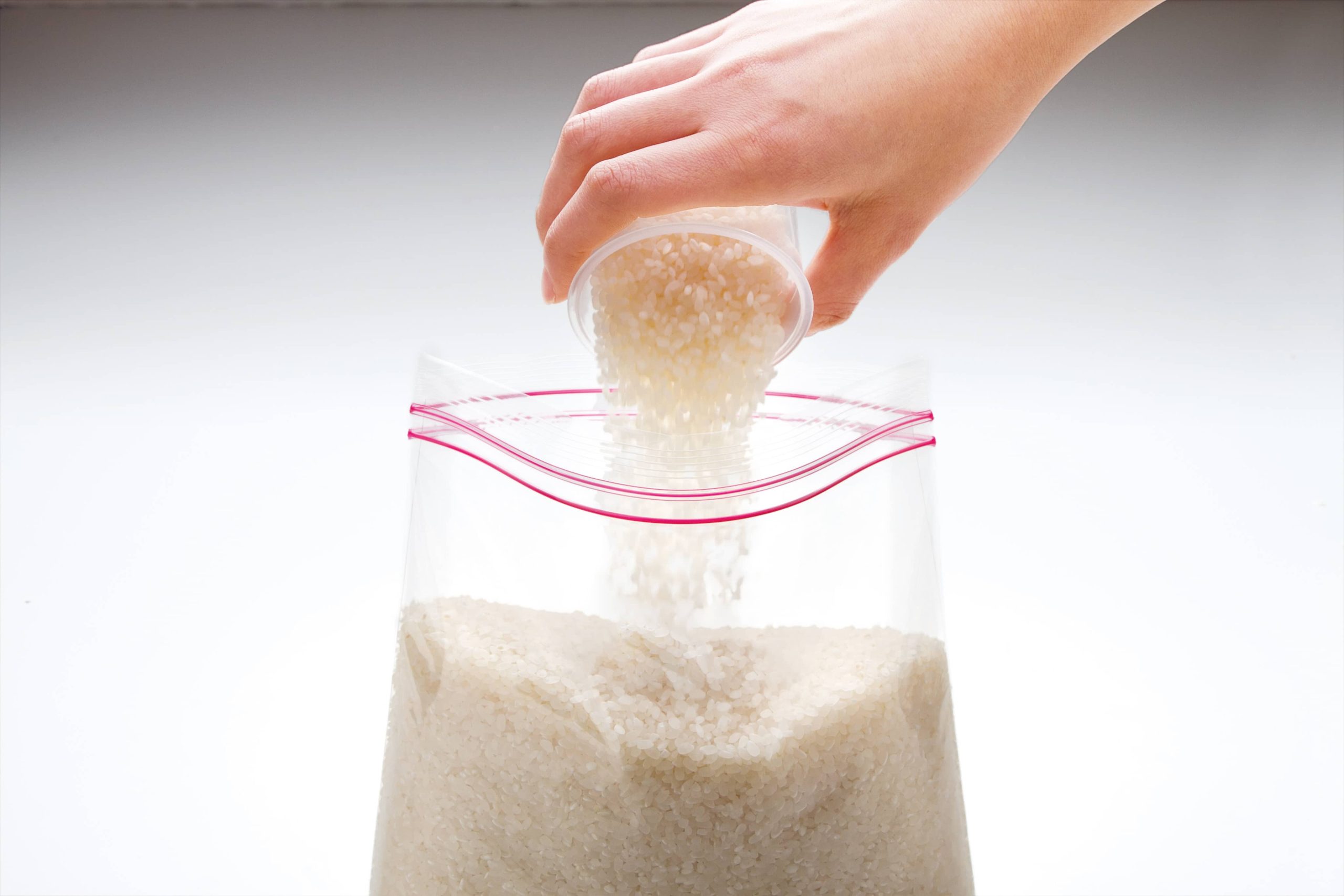
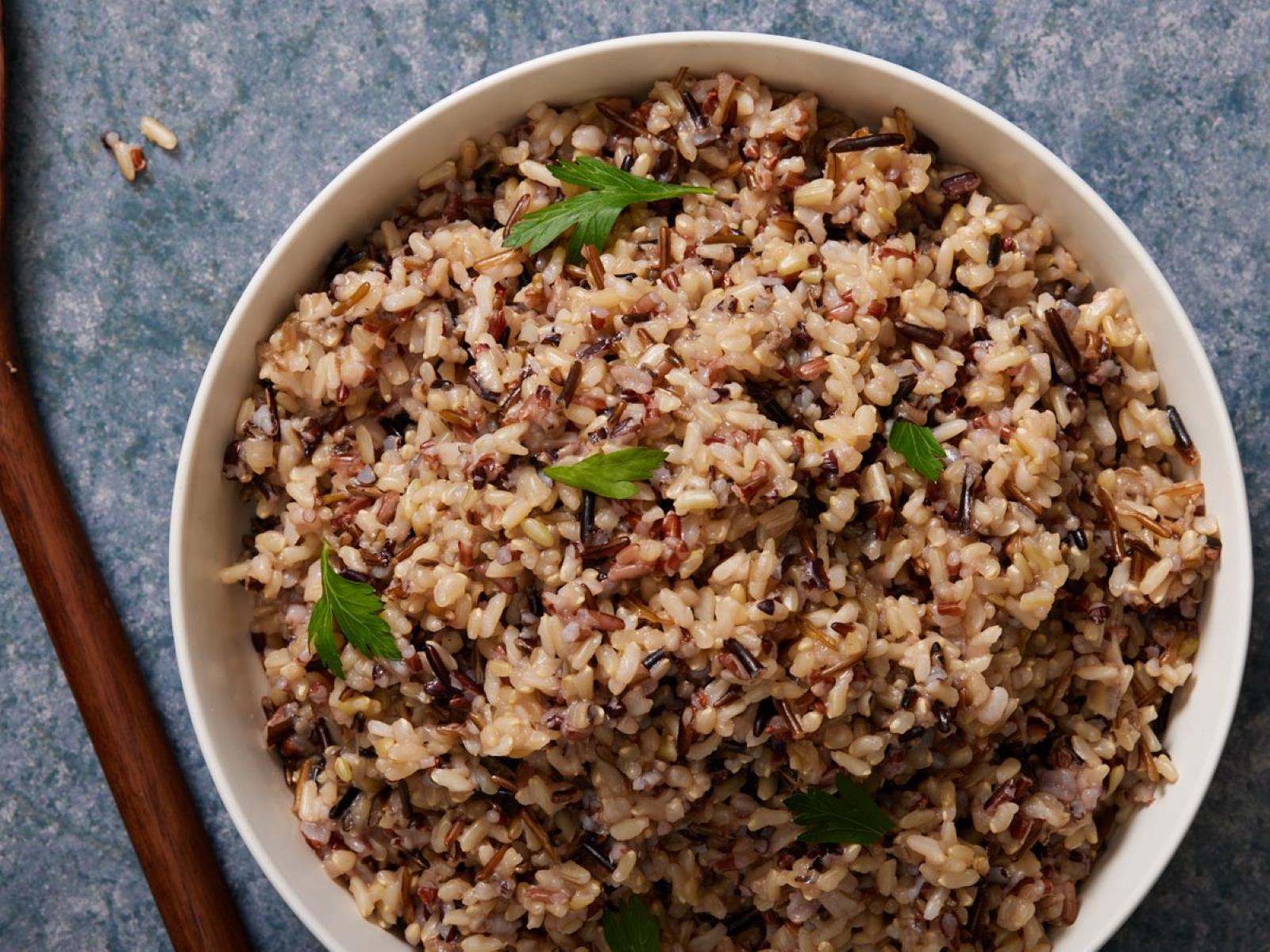
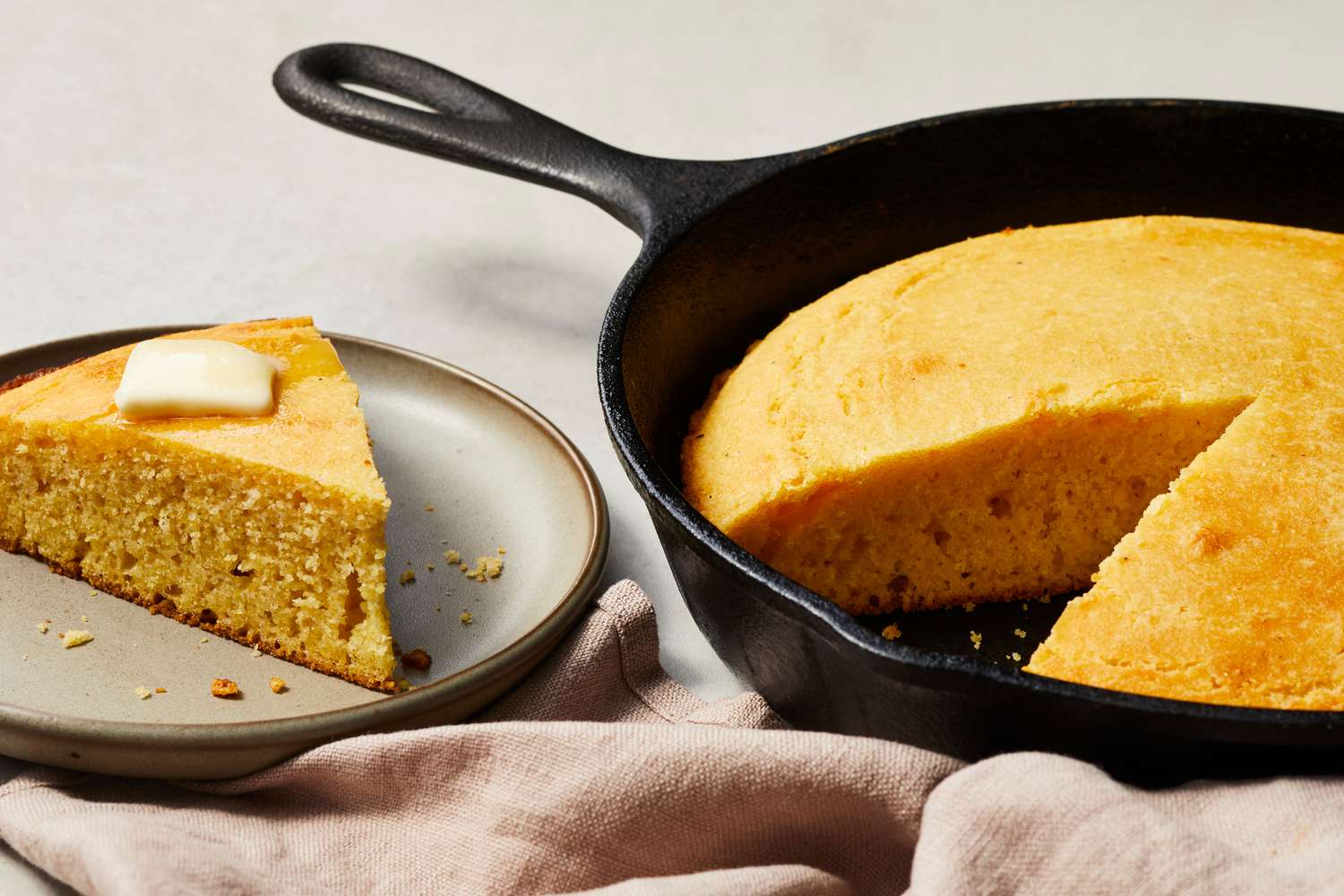

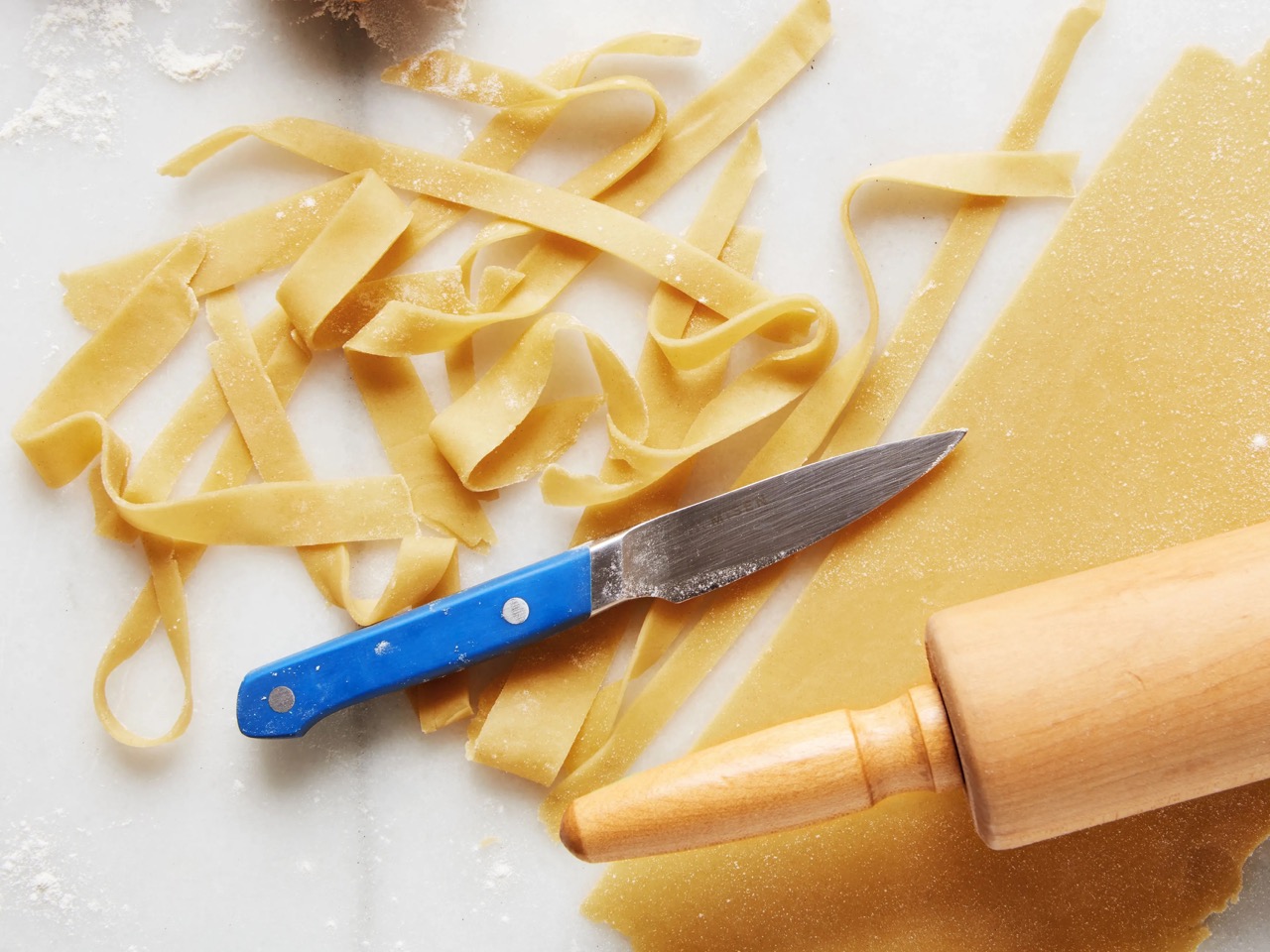

0 thoughts on “How To Store Spent Grain For Cattle”